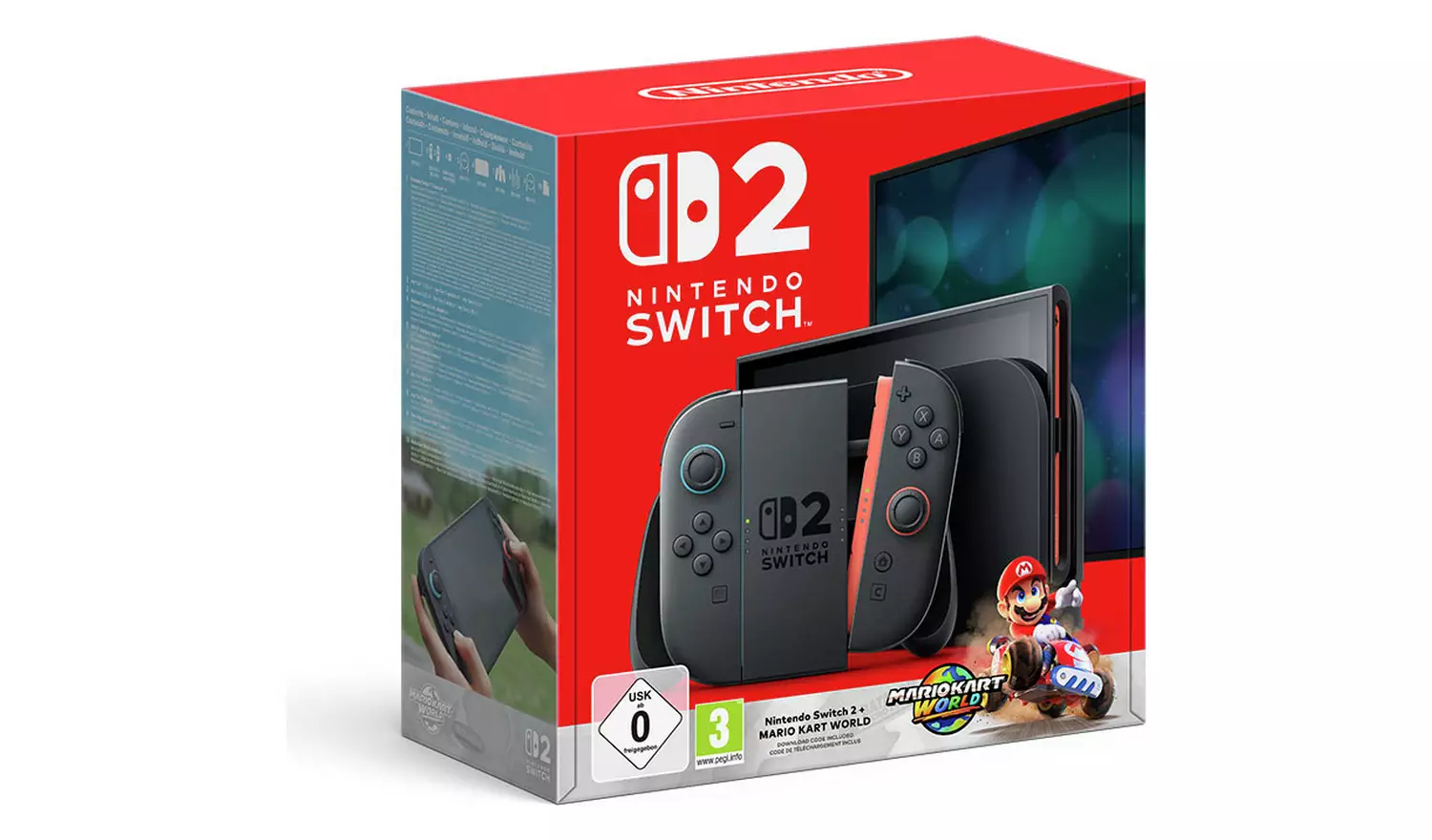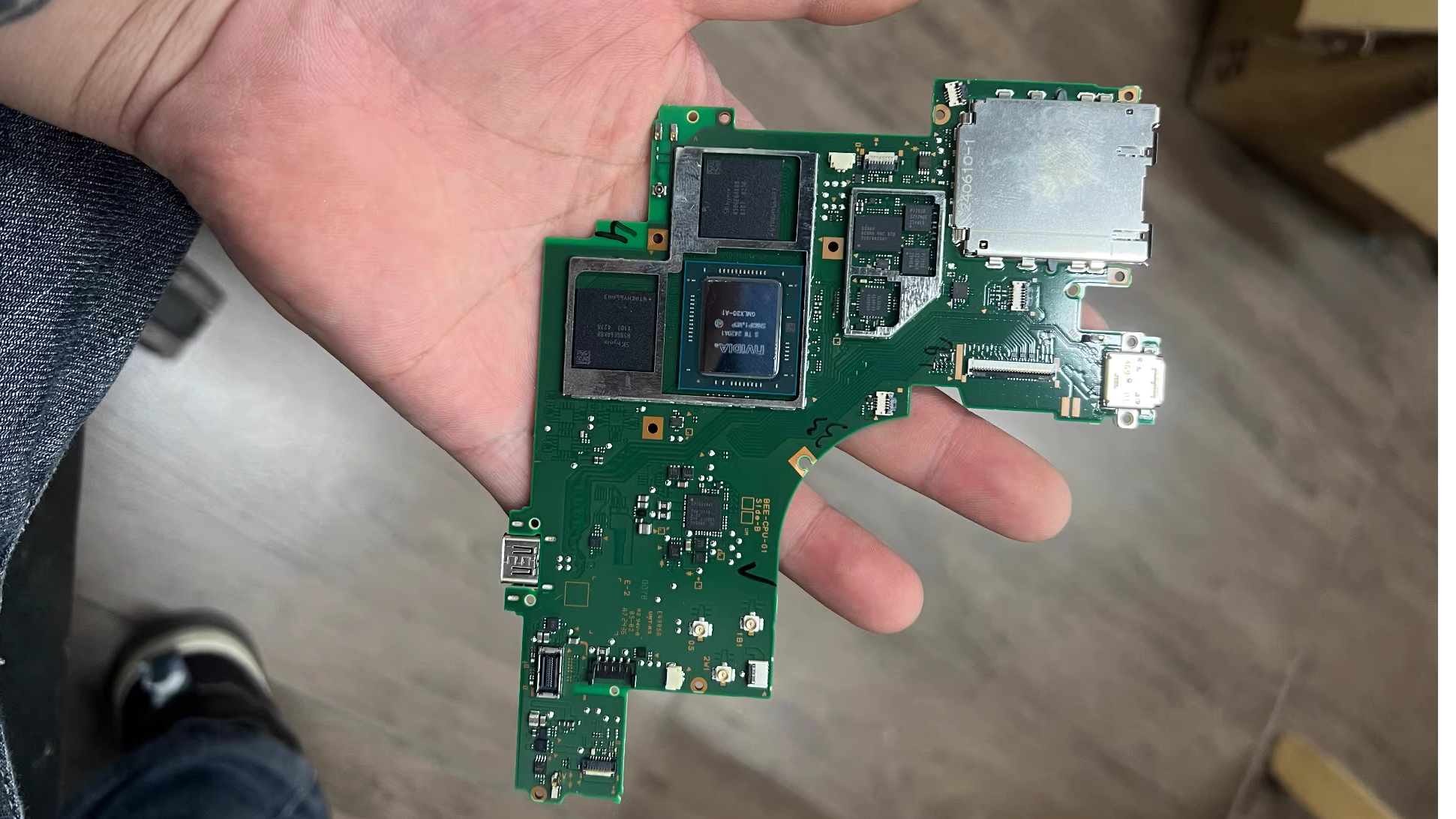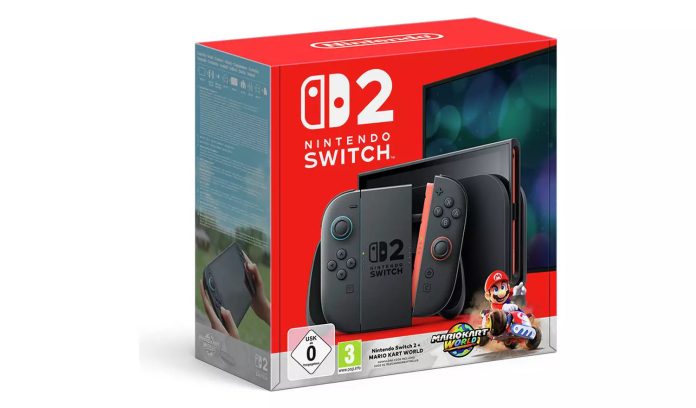
Nintendo just pulled off the most successful console launch in gaming history with the Switch 2 selling a record-breaking 3.5 million units in just three days. Demand is through the roof, and supply still hasn’t caught up as the Switch 2’s beefed-up hardware has pushed the console’s momentum beyond Nintendo’s usual fanbase. It opens the door for heavier, more demanding third-party titles—Cyberpunk 2077 included—to finally run natively on a Nintendo platform.
Accordingly, Cyberpunk co-developer (they helped with one patch) and porting studio Virtuos recently spoke to Wccftech about the Switch 2, sharing their thoughts on what we could expect from the console going forward. Eoin O’ Grady, Technical Director at Black Shamrock—a subsidiary of Virtuos that helped co-develop games like The Outer Worlds—was asked whether he thinks the Switch 2 is closer to an Xbox Series S or a PlayStation 4 in terms of its hardware prowess. Here’s what the developer had to say:
“GPU-wise, the Switch 2 performs slightly below the Series S; this difference is more noticeable in handheld mode. However, the Series S does not support technologies like DLSS, which the Switch 2 does. This makes the GPU capabilities of the two consoles comparable overall. CPU-wise, there is a clearer distinction between the two consoles. The Switch 2 is closer to the PlayStation 4 in this respect, having a CPU just a bit more powerful than the PS4’s. “
The key takeaway from Eoin’s statement is his admission that DLSS helps bridge the performance gap between the Switch 2 and Xbox Series S, a gap that would otherwise be more apparent due to the Switch 2’s slightly weaker GPU compared to the AMD-made one inside the Xbox Series S. That being said, the Switch 2 has a more powerful CPU than the PS4, which should help it run more complex simulations and background processes in heavier games that carry a bigger scope. But that’s not the most interesting bit, as immediately after saying this, Eoin added:
“Since most games tend to be more GPU-bound than CPU-bound when well optimized, the impact of this difference largely depends on the specific game and its target frame rate. Any game shipping at 60 FPS on the Series S should easily port to the Switch 2. Likewise, a 30 FPS Series S game that’s GPU-bound should also port well. Games with complex physics, animations, or other CPU-intensive elements might incur additional challenges in reaching 30 or 60 FPS or require extra optimization during porting.”
According to Eoin, any game that runs at 60FPS on the Xbox Series S should be easy to port over to the Nintendo Switch 2, despite the architectural differences between x86 and ARM. This is because (most) games are inherently more reliant on your GPU than they are on the CPU. With a respectable base performance that slid over the edge thanks to DLSS, the Switch 2 has enough grunt under the hood that it can essentially play an Xbox Series S game with the same level of smoothness, despite its slow screen. There’s no promise for fidelity, but if someone with as much experience as Virtuos can confidently guarantee 60FPS, then it’s only a matter of time before we see it happen.
For those unaware: while you might’ve not heard of Virtuos before, they’re a huge name in the industry, providing assistance on some of the biggest titles over the decades. From PlayStation exclusives such as Horizon: Zero Dawn to high-profile remakes like the upcoming Metal Gear Solid Delta: Snake Eater, they’ve worked with your favorite studios helping co-develop their high-profile titles. Therefore, their opinion holds some weight given the extensive portfolio under their belt across all consoles and PC.

Moreover, Eoin also hinted at NVN2, Nintendo’s elusive graphics API for the Nintendo Switch 2, when discussing how DLSS is implemented on the Nintendo Switch compared to Windows PCs. “It is not as simple as taking the PC DirectX implementation of DLSS and running it on the Switch,” Eoin added. “Instead, DLSS has to be integrated through Nintendo’s NVN2 graphics API, and the extra work required for this might have been deferred by some developers for their initial ports.”
This serves as our first confirmation of the NVN2 API being used on the Switch 2. Before that, there had been leaks pointed toward NVN, but not much was known publicly about this tech, and we’re still just in its infancy. Now, we understand that it’s a key component in enabling DLSS upscaling for Switch 2 titles and will likely only get better over time as Nvidia and Nintendo work together to collect and analyze more neural data that could improve DLSS on the Switch 2 in future updates.
